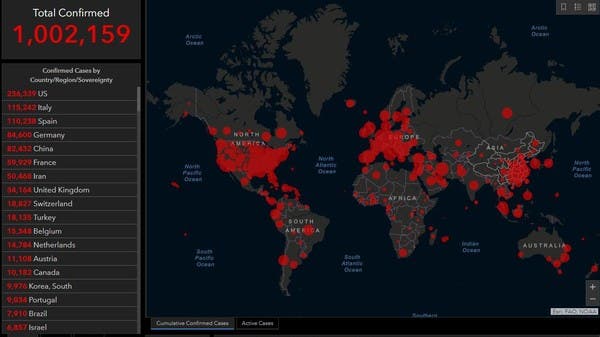New Delhi: The number of COVID-19 cases has crossed one million globally. On the other hand, India continues to calculate the health and socioeconomic costs of this disease. Even as Prime Minister Modi has spoken to Chief Ministers asking them to gradually open up public areas, workplaces and schools the effects of the virus and the subsequent lockdown will continue to linger.
This past Friday, the PM told Chief Ministers in a video-conference to come up with a common “exit strategy.”
Quoted in the Economic Times, a senior government official said, “The idea (of the Prime Minister’s speech) is that the entire population should not be out on the streets once the lockdown ends.” To ensure that India doesn’t contribute to the amount of COVID cases going further beyond the million mark a very gradual return to pre-pandemic times is unlikely. Based on doomsday scenario projections, this lockdown was put into effect.
Yet Science Mag’s Vaishnavi Chandrashekhar says that without control measures, India is looking at 300 million to 500 million infectees by the end of July.
In the same article Indian virologist and head of Welcome Trust/DPT India Alliance Shahid Jameel says, “The experience from the other countries has shown that if you lock down early, if you catch yourself early on the curve, there’s a better chance of limiting the spread.”
Although with the largely unplanned for contingencies for taking care of migrant workers the situation begs whether these migrant workers whose vocations and socioeconomic statues entail living and working in close proximity could the government intervene effectively and how. Whether the government’s measures to purchase protective gear for healthcare workers, improve testing facilities and train health care workers across the country will help stem this tide remains to be seen.
Many cite the country’s success with polio eradication for a more positive outlook regarding how India will sail through this crisis. That too, despite the country’s overall abysmal track record with governance and the difference between polio and coronavirus.
Gagandeep Kang, a leading Indian infectious diseases researcher and executive director of the Translational Health Science and Technology Institute said that “A lot is still to be done in the next three weeks to ensure that adequate practical and means are in place to test and treat patients.”

How India contains the sickness after the lockdown is also contingent upon education — especially regarding misinformation and the ability to maintain social distancing right out of lockdown mode.

